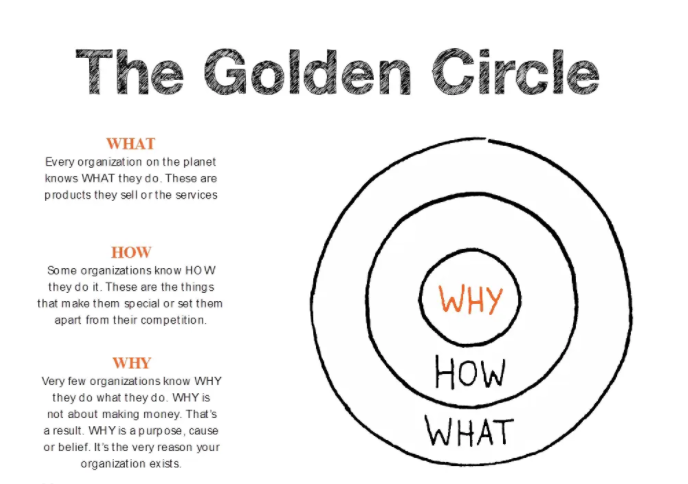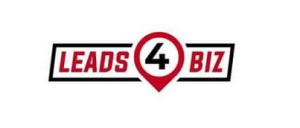
The 8 Biggest Business Trends for 2022
These eight major trends provide insight into of how business operations are evolving to suit our rapidly changing world and to look into 2022 to see where you need to improve.
Trend 1: Sustainable, resilient commerce
Every business must seek to eliminate or reduce the environmental effect of doing business. Eliminating pollutants and Carbon from the supply chain is a sensible place to start, however forward-thinking businesses are looking beyond the supply chain to improve sustainability across all business operations.
Sustainability is linked to resilience, since resilience means being able to adapt and improvise for the long term. Any business that ignores sustainability is unlikely to do well in this age of conscious consumption.
5 years ago business gurus were all talking of pro-active thinking as the way to success, lately however reactive thinking is as important, as in how well you can think on your feet and adapt your mindset to the fast changing world.
Trend 2: The balance between human workers and Artificial Intelligence
We now have increasingly capable robots and artificial intelligence (AI) systems that can manage laborious tasks that were previously done by humans.

This leaves employers with some key questions: how do we find the balance between intelligent machines and human intelligence? What roles should be given over to machines? Which roles are best suited to people? There’s no doubt that automation will affect every industry, so business leaders must prepare their organisations – and their people – for the changing nature of work.
One are of AI that is proving most effective is market trading, taking the emotion and greed away from financial decisions is proving to be a real winner.
We should not fear too much the Matrix revolution, once a robot drops a piece of toast 5 times and 4/5 times it lands butter side down he will respect and fear our masochistic longings!
Trend 3: The shifting employee experience
The way we work is evolving, with younger people entering the workforce, more gig workers, and more remote workers. In their book The Human Cloud, Matthew Mottola and Matthew Coatney argue that traditional full-time employment will be a thing of the past, as organizations shift to hiring people on a contract basis – with those contractors working remotely.
The gig employee knows why project-based work is attractive. But employers will begin to embrace its advantages in a bigger way. Taxes, benefits, holiday, lost time in meetings, equipment, all make costs soar.
It’s said a $135,000 earning full-time employee actually costs a company $175,500 – $216,000 in a year. Freelancers, on the other hand, cost less. Their daily rate is what they are paid – there are no “hidden costs” to be absorbed.
Hortons International Executive Search tell us ‘With digital transformation in focus and agile working as the working standard, employees will move from so-called ‘managed services’ to ‘managed outcomes’. This working model gives them a stronger sense of belonging – they realise much more directly that they are contributing to business outcomes.’
Trend 4: Flatter, more agile organizations
Traditionally, organizations have been very hierarchical and rigid in their structures. But that is changing, as leaders recognize the need for flatter, more agile structures that allow the business to quickly reorganize teams and respond to change. It is also, in part, a response to the changing nature of work, particularly the proliferation of freelance and remote workers.
When pressure is applied, the agile organization reacts by being more than just robust; performance actually improves as more pressure is exerted
Research shows that agile organizations have a 70 percent chance of being in the top quartile of organizational health, the best indicator of long-term performance.

Moreover, such companies simultaneously achieve greater customer centricity, faster time to market, higher revenue growth, lower costs, and a more engaged workforce:
This is the age of flatter organizational structures, which are more like flexible communities rather than a top-down pyramid structure.
Trend 5: Authenticity
Today’s consumers are seeking a more meaningful connection with brands. And this need for connection has given rise to authenticity as a business trend in its own right.
Authenticity helps to foster human connections – because, as humans, we like to see brands (and business leaders) display important human qualities like honesty, reliability, empathy, compassion, humility, and maybe even a bit of vulnerability and fear.
We want brands (and leaders) to care about issues and stand for more than just turning a profit.
If you are a brand founder and owner; you need to take ownership of your brand to be where the buck stops, and be approachable. It is not 1950 anymore when we all revered CEO’s like Gods and few if anyone back then knew who owned what. Social media can ruin a business in a very short time if you are stand-offish and not contactable.
Trend 6: Purposeful business
Linked to authenticity, this trend is all about ensuring your organization exists to serve a meaningful purpose – and not just run up profits for shareholders. Purpose defines why the organization exists. Not what the organization is or what it does or for whom. Therefore, purpose is different to mission and vision.
Importantly, a strong purpose has the promise of transformation or striving for something better – be it a better world, a better way to do something, or whatever is important to your organization.
Why do you do what you do? What is your passion? What is your story, remember Social Media wants your story it will help give logic to sales.

Regarding branding you need to tell a story, take a tip from the Media, a singer is so much more sellable with a human story attached!
Trend 7: Collaboration and integration
We live in a time where pretty much anything can be achieved by outsourcing. The global business world has never been so integrated. We all need to work together to solve key business challenges, not to mention humanity’s biggest challenges, is Paramount.
Some people love to do what you hate, and if you do what you love you will do it better than anyone, so instead of wondering how to surmount that challenge, find someone who loves the challenge.
In the future, it will become increasingly difficult to succeed without really close partnerships and Joint Ventures with other organizations. In practice, this means greater supply chain integration, more data integration and sharing of data between organizations, and even cooperation between competitors.
Trend 8: New forms of funding
The ways in which companies can generate capital is also changing. New platforms and mechanisms have sprung up to connect businesses with investors and Angels – think crowd funding, initial coin offerings (ICOs), tokenization and special purpose acquisition companies (SPACs). Many of these new methods are driven by the decentralized finance movement, in which financial services like borrowing and trading take place in a peer-to-peer network, via a public decentralized block chain network.
Financial advisors who were traditionally designed to advise the long game and safe stocks over many years are now being educated in the short game, as it has become too profitable to ignore!
2021 has been about change and adapting to new ways of working and reaching out to the world online.
Sponsored and written by Mack Tailors have a new online shop where you can dress for business and make the most of your appearance





